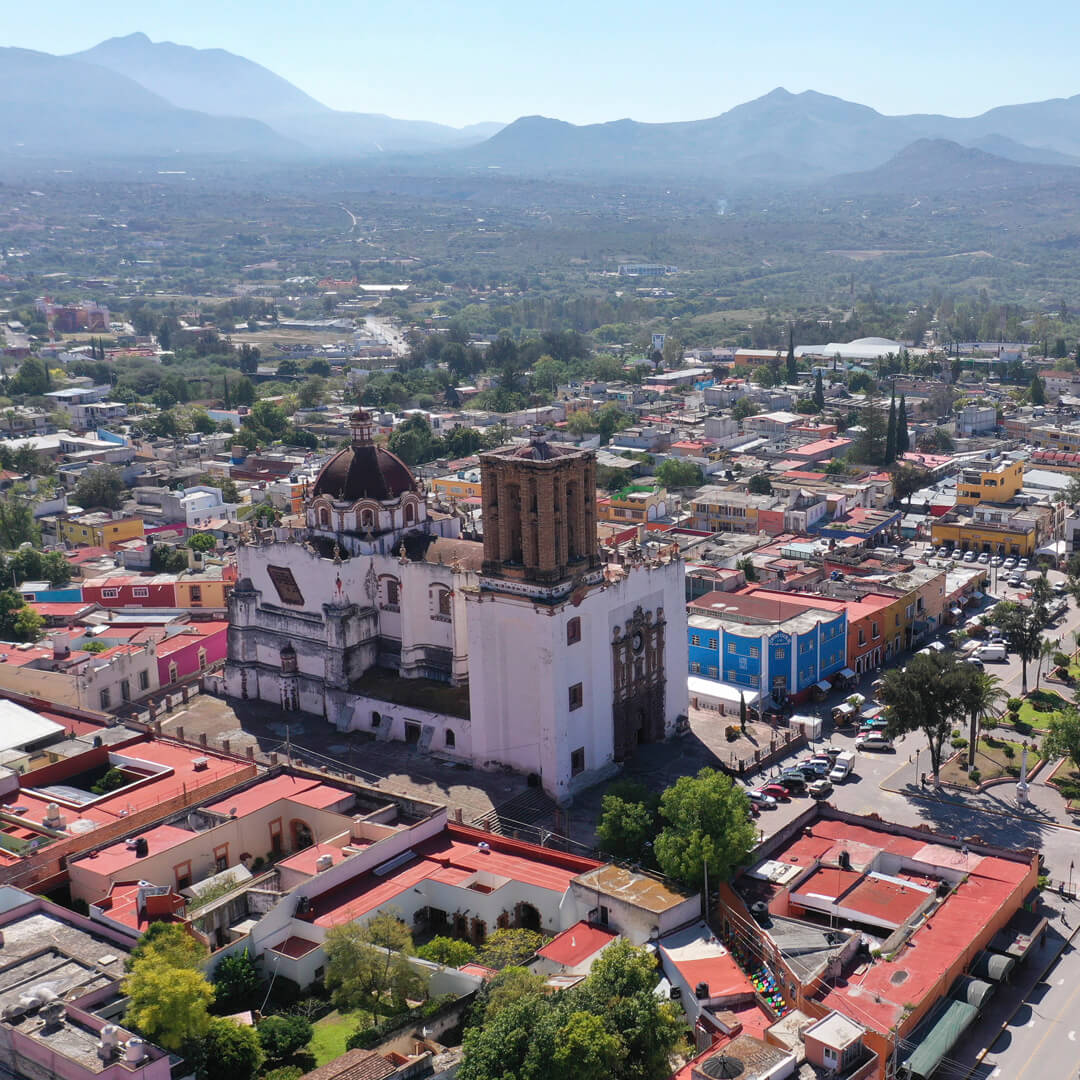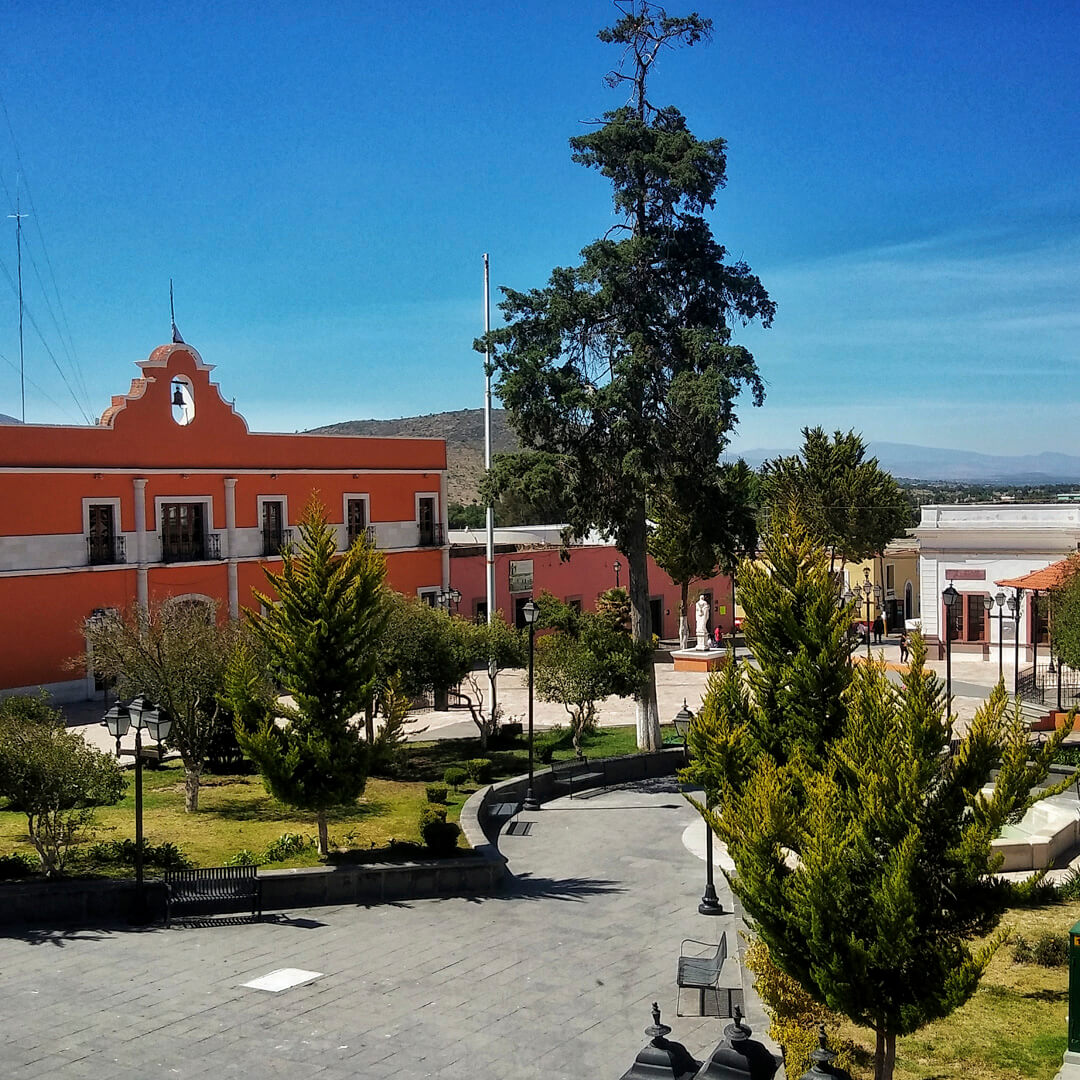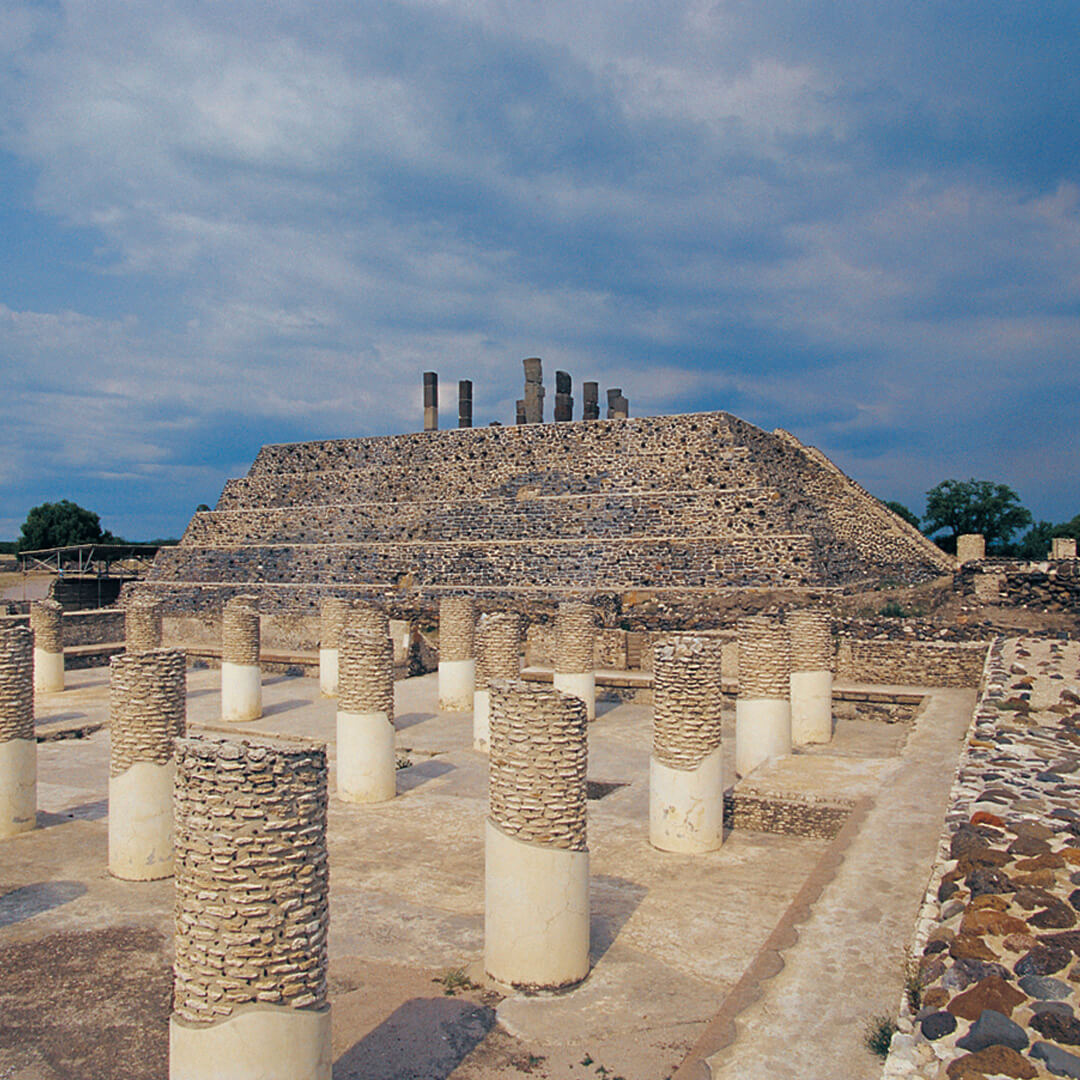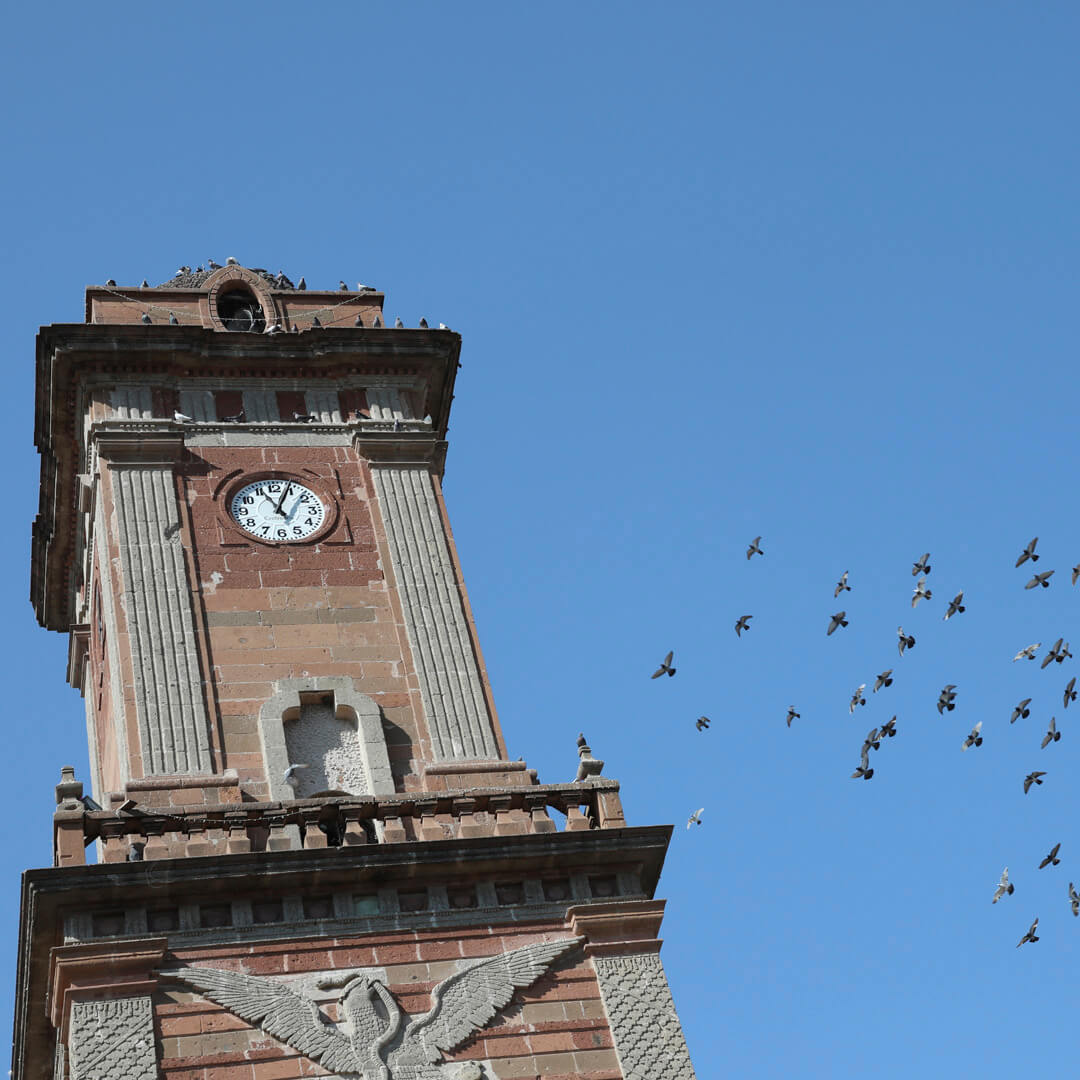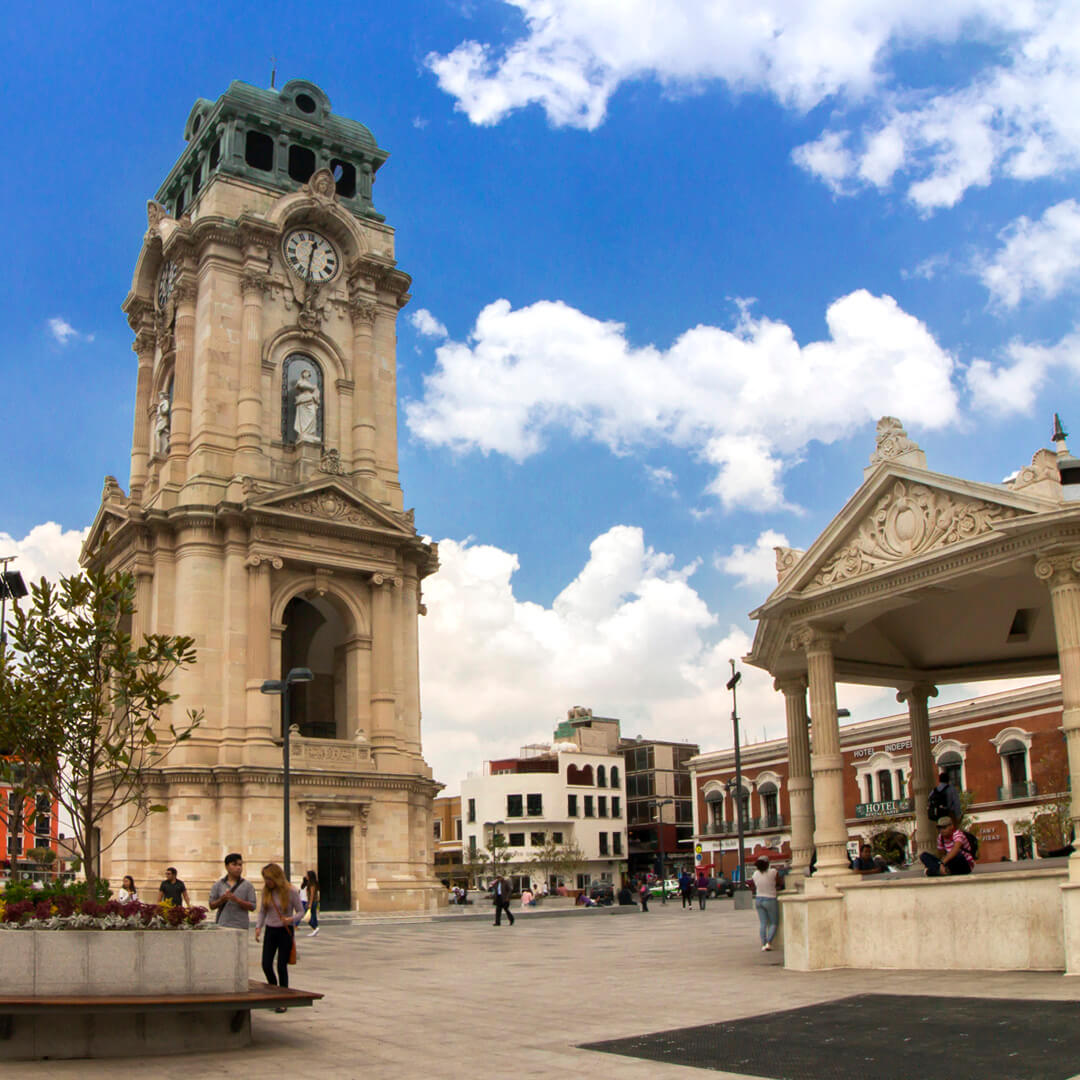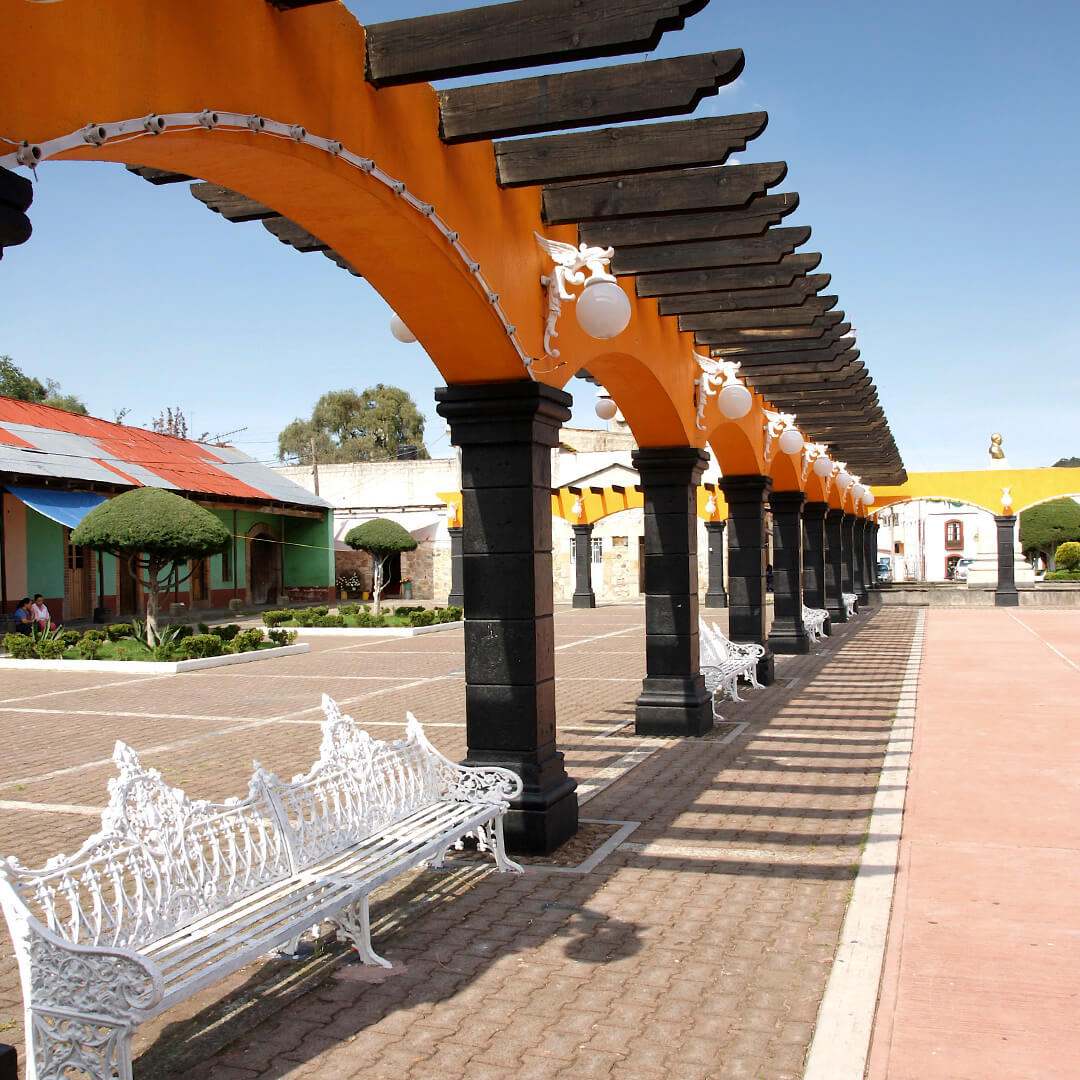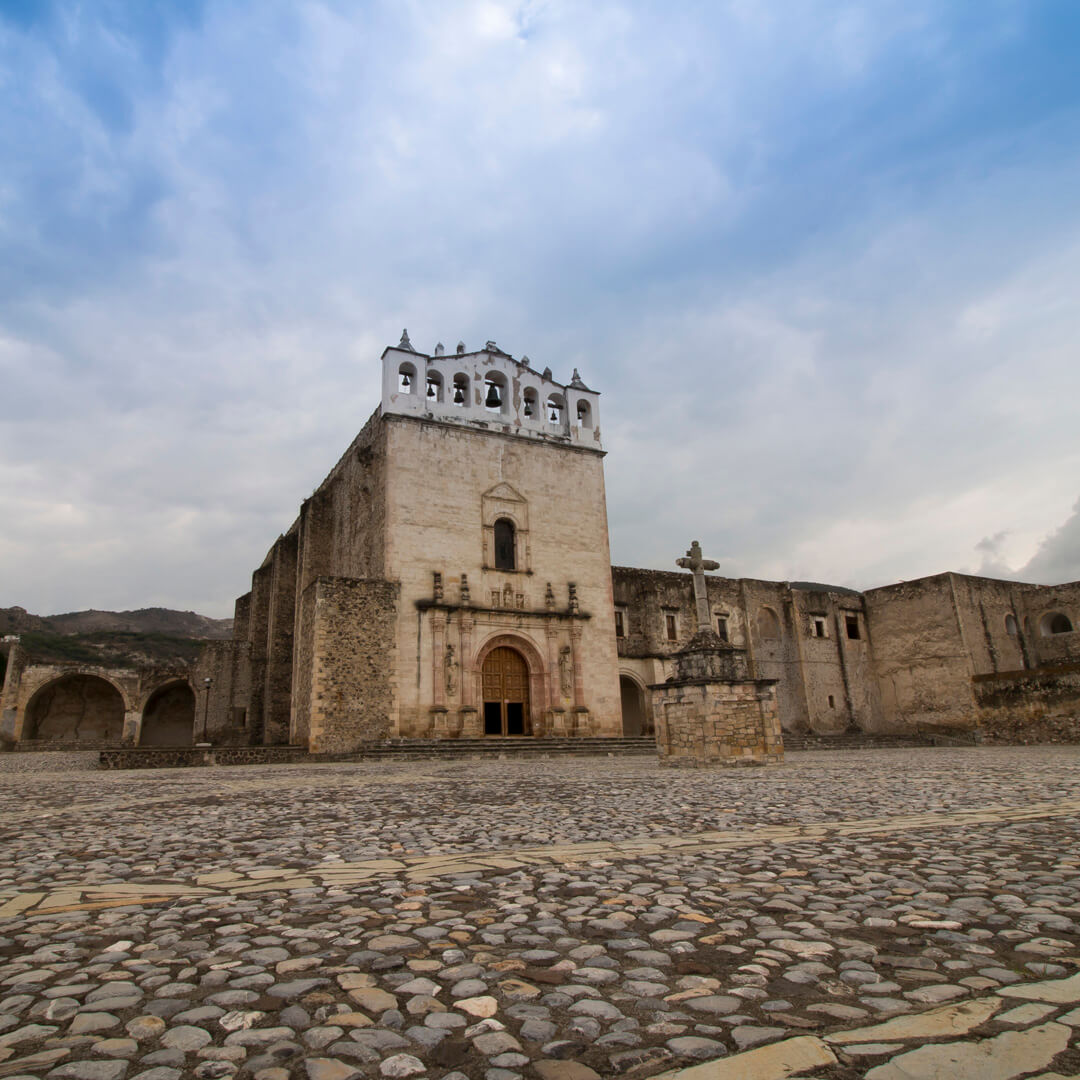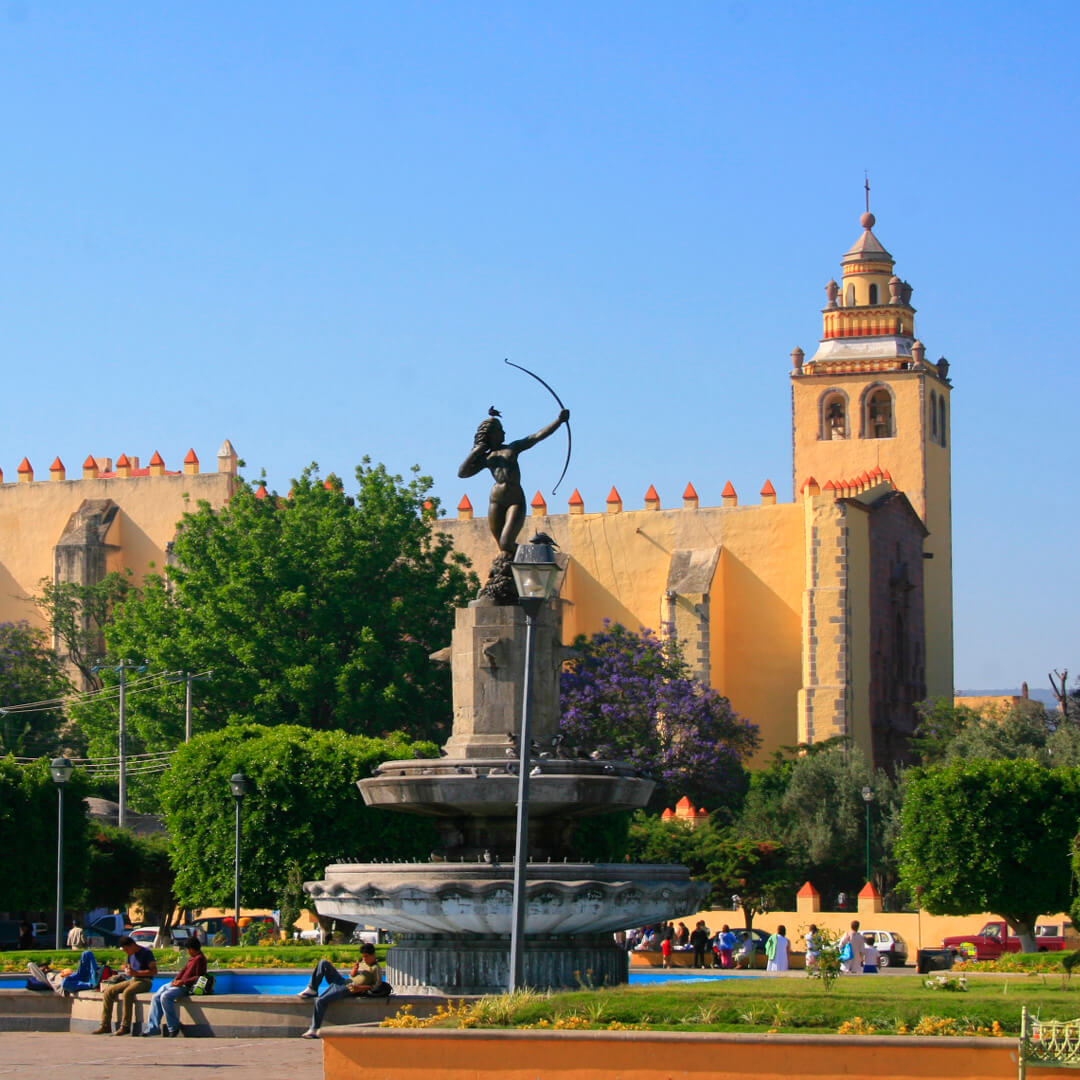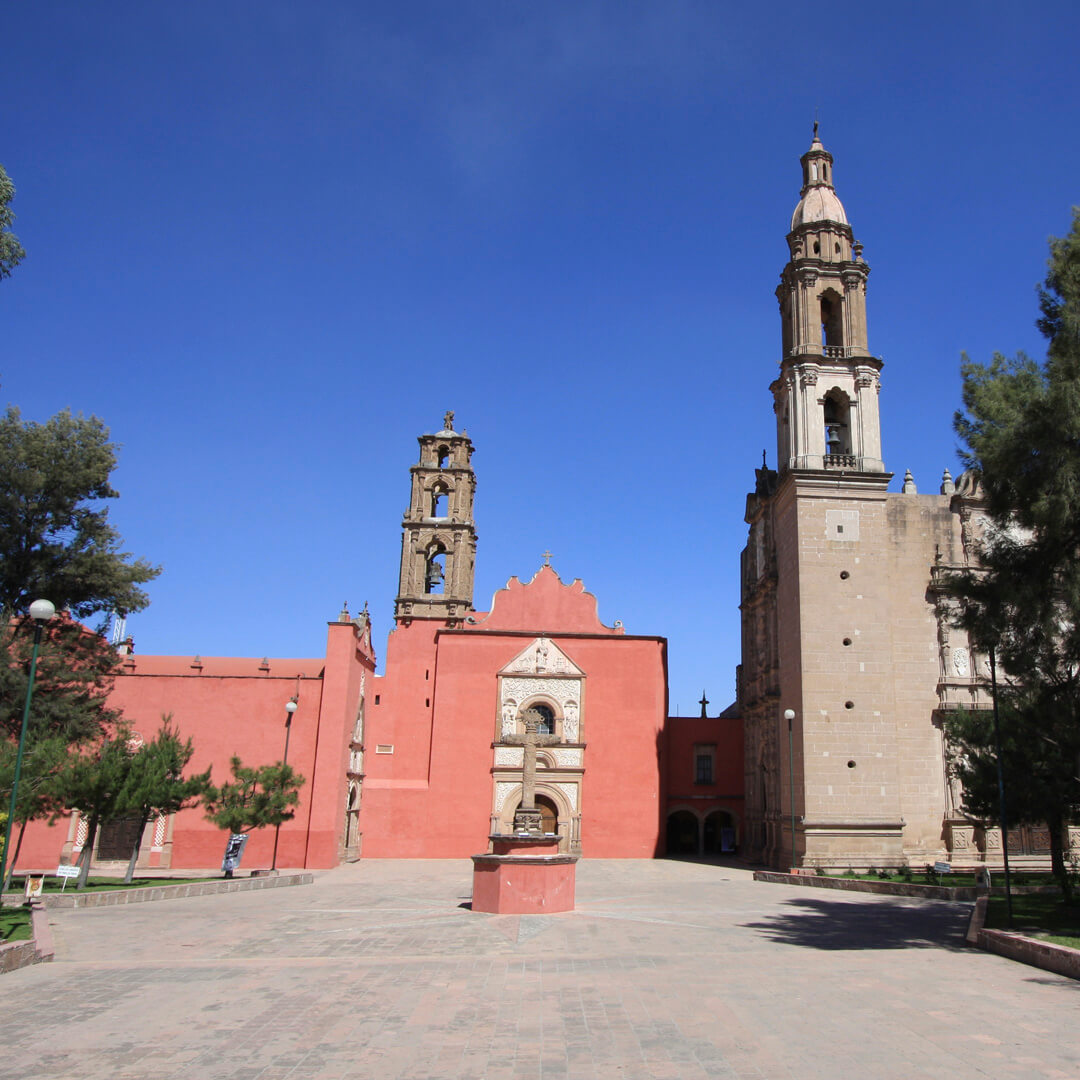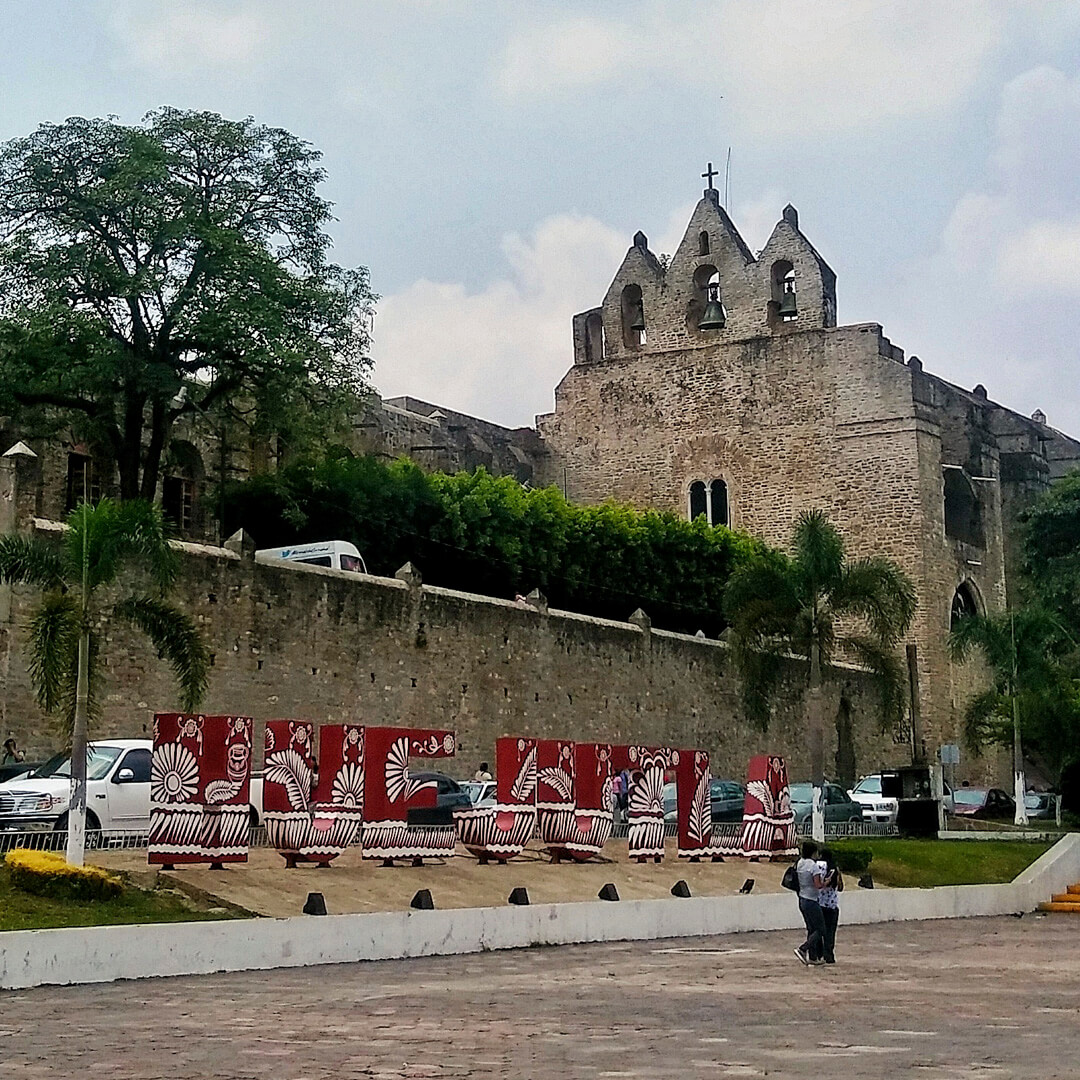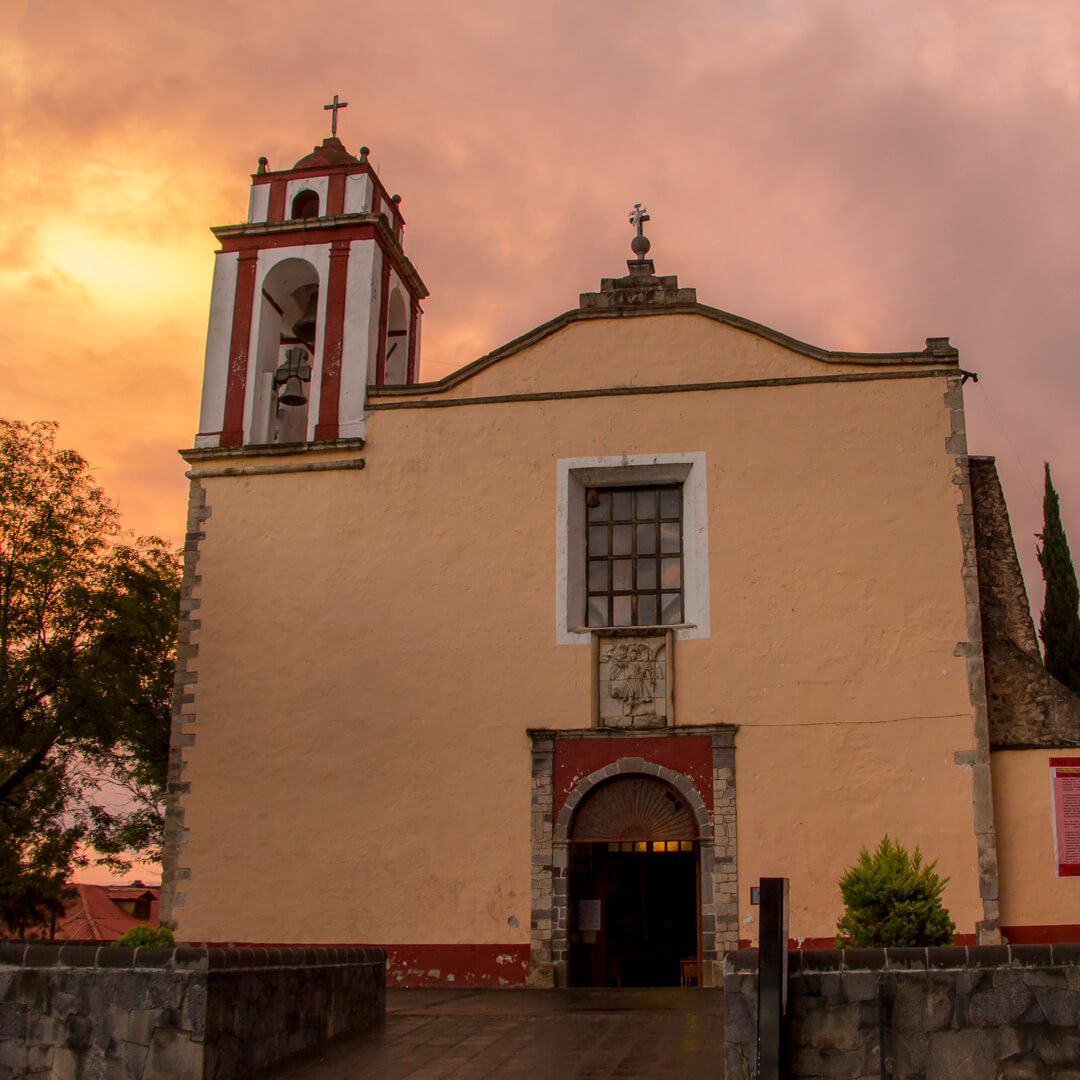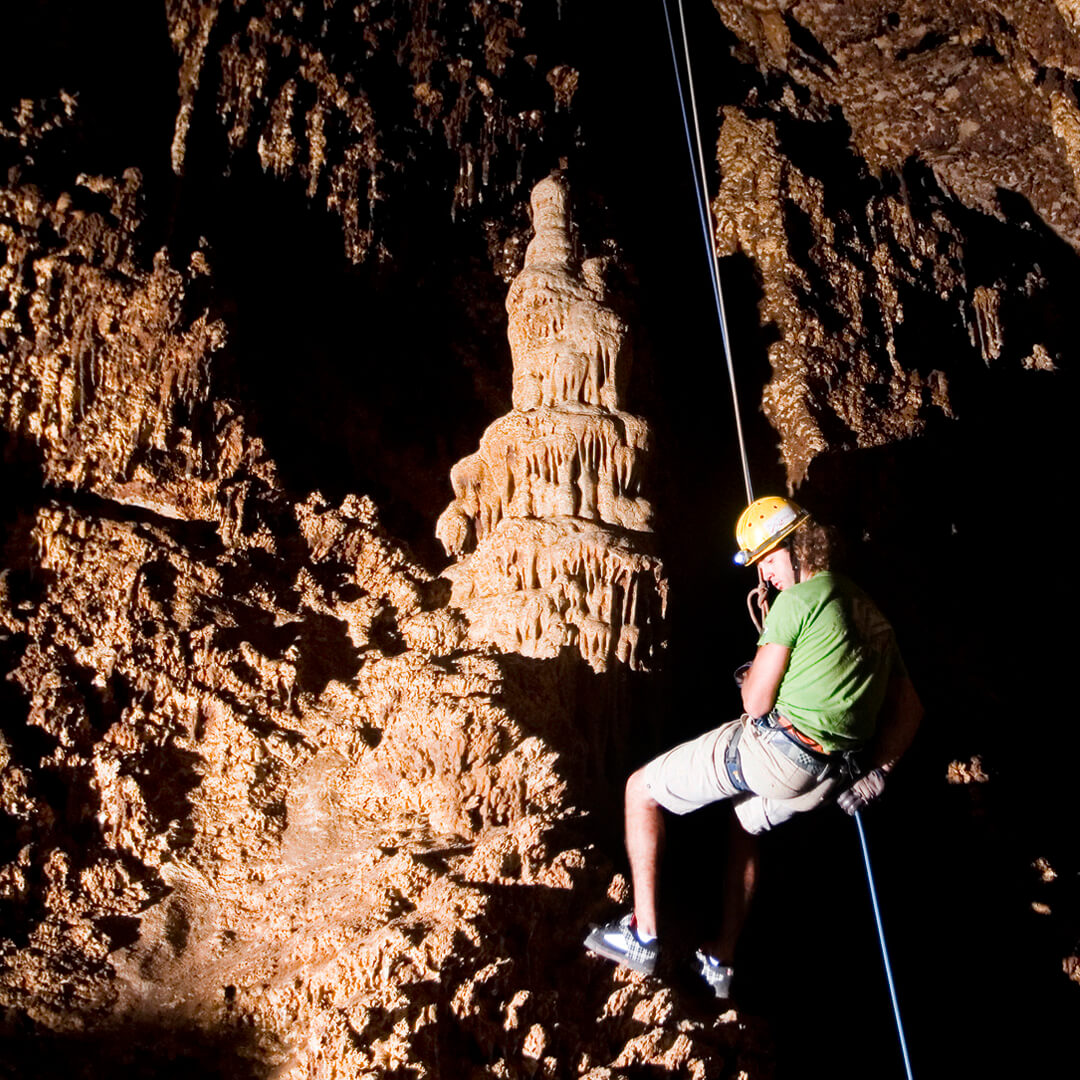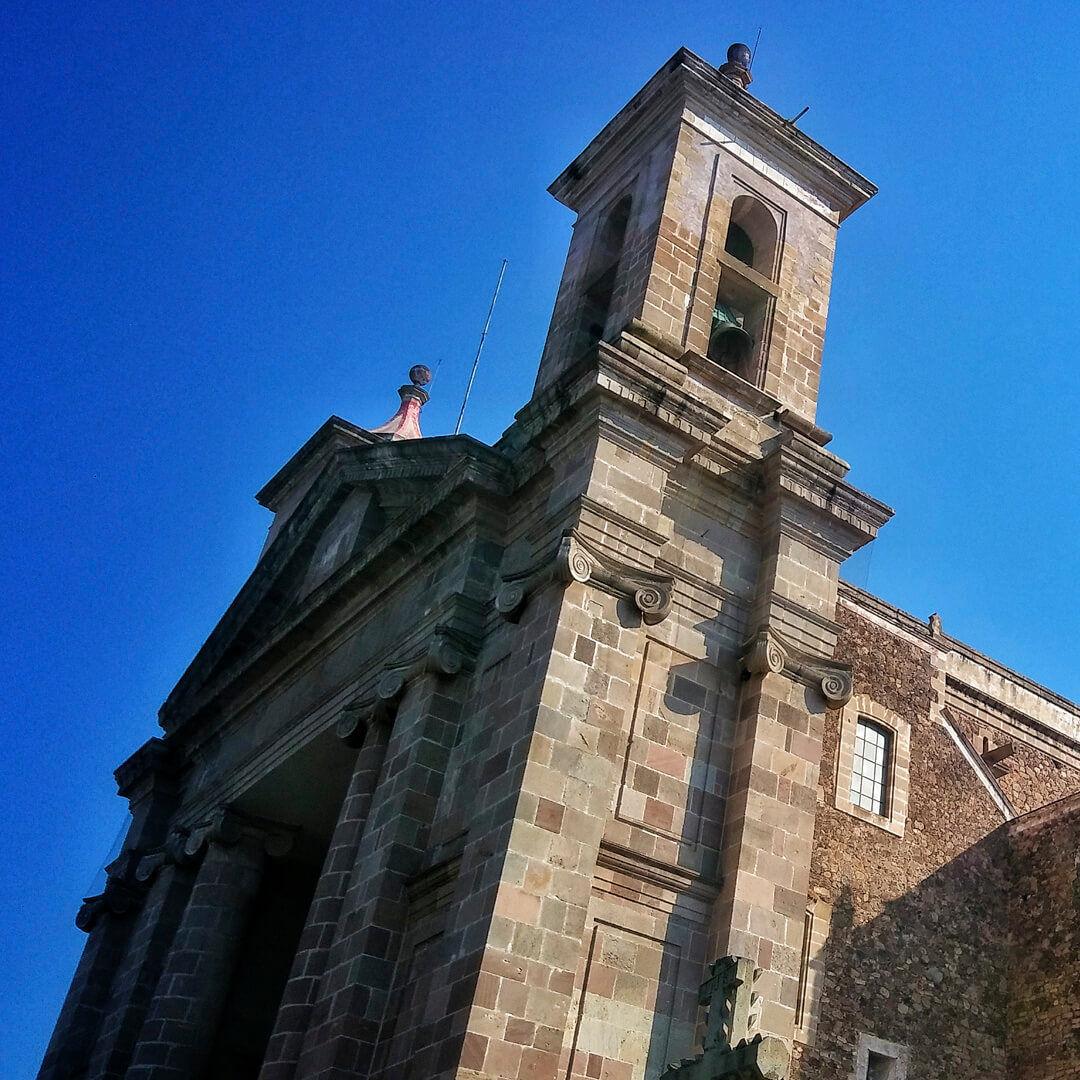DESCRIPTION

The diversity of the state of Hidalgo is shown in all its horizons, in its landscape with extensive valleys, high mountains and steep canyons throughout a territory that ranges from semi-desert to tropical greenery.
Pachuca is a modern city of mining heritage, possessing an identity drawn from the land. Just as the pachuqueños knew how to make tunnels in the mines, the hidalguenses also proudly boast of being the cradle of soccer, without neglecting their cultural vein with outstanding museums and the National Photo Library.
Taking the road, you reach the Magical Towns, immersed in the forest and the mountains. With its strong mining roots, Real del Monte, Huasca de Ocampo and Mineral del Chico dominate the panorama of the mountain. They are peoples who carry silver in their blood, who amalgamated fortunes and noble titles. On the other hand, in the extreme west of Hidalgo, Huichapan is presented as the most elegant, due to its beautiful architecture, heir to a muleteer tradition of work and drive that promoted the fight for Independence. Tecozautla boasts of its water parks and its incomparable climate; and finally Zimapán, which has spectacular semi-arid landscapes ideal for living an adventure.
All of them are towns that are enjoyed from the first step, either for their history, their buildings, their nature, their traditions, their gastronomy or all together.
The Mountain Corridor, around Pachuca, offers a variety of attractions for the visitor, who will have the opportunity to admire 17th century buildings, or immerse himself in nature, taking tours on foot, by bike or on horseback, in the places of Pachuquilla or Omitlan with privileged landscapes. The most relaxed will find in Tuzoofari in Epazoyucan an excuse to go out with the family, the same happens with the hot springs in Santa María Amajac in Atotonilco El Grande. Gastronomy is another strong point and most will say “yes” to the mixiotes, but what will test the palate are the escamoles, chinicuiles and maguey worms, accompanied by a good pulque. Without forgetting the Magical Towns of Real del Monte, Mineral del Chico and Huasca de Ocampo, which are also part of this diverse corridor.
The Sierra Husteca Corridor hides some of Hidalgo’s best secrets. These elevated lands were a refuge for the Augustinian friars, who built monumental convents on it, such as the Santos Reyes in Metztitlán or the Nuestra Señora de Loreto in Molango, in the midst of even more impressive landscapes that become one with the monastic architecture. . Nature is diverse, places like the Barranca de Metztitlán, with its cacti, contrast with the greenery of the Huejutla in the Huasteca, where ancestral traditions flourish in its festivals such as Carnival or Xantolo, to the sound of jarana and violin.
In the Corridor of Spas and Water Parks, slides, wave pools, hot springs, waterfalls and rivers provide fun in the sun. However, it is also a route with cultural overtones, where the great Augustinian convents of San Nicolás Tolentino in Actopan and San Miguel Arcángel in Ixmiquilpan, are present in the architectural and historical panorama. The Xoxafi Caves in Santiago de Anaya complement this corridor with a touch of adventure. At each step of the Mezquital Valley, this corridor shows a strong Otomi presence, which emerges more strongly in its artisanal, religious and gastronomic expressions, the latter of unmistakable ingredients, the product of the use of each of the resources available in nature.
Tula and its ancient pre-Hispanic city, where Quetzalcóatl lived, are the core of the Toltec Corridor, where there is also religious and civil architecture from the 16th century in the ex-convents of Tepeji del Río, Tula and the old buildings along the Camino Real de Tierra Adentro . In Amanali or Bosque Real you will find golf courses of great class. On the other hand, Ajacuba and its hot springs to enjoy with the family complement these multifaceted routes.
To the east is the Corridor of the Four Elements, fire and air lift the hot air balloons and one walks through the clear morning sky. Dreamy landscapes made of lakes and land relax or invite adventure, as desired. In short, here nature is presented for the enjoyment of the traveler. Architecture and history are also shown in the museums and buildings of Tulancingo, whose walls tell secrets of the fire of the Inquisition. On the other hand, in the traditional towns the closeness with the environment is felt, the best example is Tenango de Doria, where the artisan hands capture in their textiles worlds that are as imaginary as they are real.
To the south of the state, in the Corredor de Haciendas, the history of evangelization in Hidalgo began in these directions, Tepeapulco was the first convent foundation with the Convent of San Francisco de Asís. right there he gave

